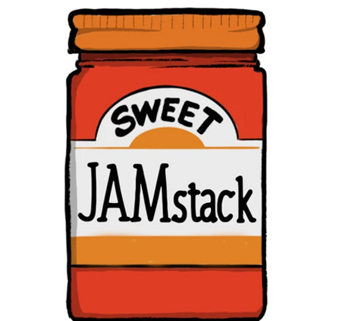

Sometimes for larger WordPress websites developers ask too much from WordPress and the user experience can suffer. The amount of content the website has to display can cause the website to perform slow.
The “old” way
Say you wanted to create a blog, you could easily run a WordPress site, with a Linux server and display your content.
Each time a page loads, the server would generate the webpages, and serve the content to the user. Every request puts the server to work. It’s a perfectly viable option, although slower compared to more modern options. It’s also more insecure as you have to be doing the updates on your server side.
The “new” way(JAMstack)
JAMstack stands for JavaScript, APIs and Markup. Basically it’s a way of writing webpages that are compiled to static assets right before deploying. JavaScript handles the dynamics in your page, what were server-side processes, are now abstracted into APIs. Your markup is also compiled during deploys, Netlify is awesome for this.
You can even set Hooks in Netlify so that whenever you create new content in WordPress it will trigger a deploy on Netlfiy and recompile your content.

There are huge benefits to this approach, your webpage ends up being blazing fast and with all of your content recompiled, nothing has to be fetched every time the page is served and, you can host it in many more places where its usually free, as it is only HTML and JS files all while getting improved SEO with your page. Files are pushed to a GIT repository. Your page is also more secure! You can use WordPress as a CMS but without the security risks or performance problems of running WordPress itself. Again the performance is definitely better, it makes your site super fast. There is no performance plugin or CDN that would ever be able to compete with using JAMstack.
This website is made using this Approach, I used WordPress for backend and basically just to create the API and Vue/Nuxt front end. This website is hosted on Netflify.
As I said I made this post as I have been asked a lot, hopefully this explains a few things.


